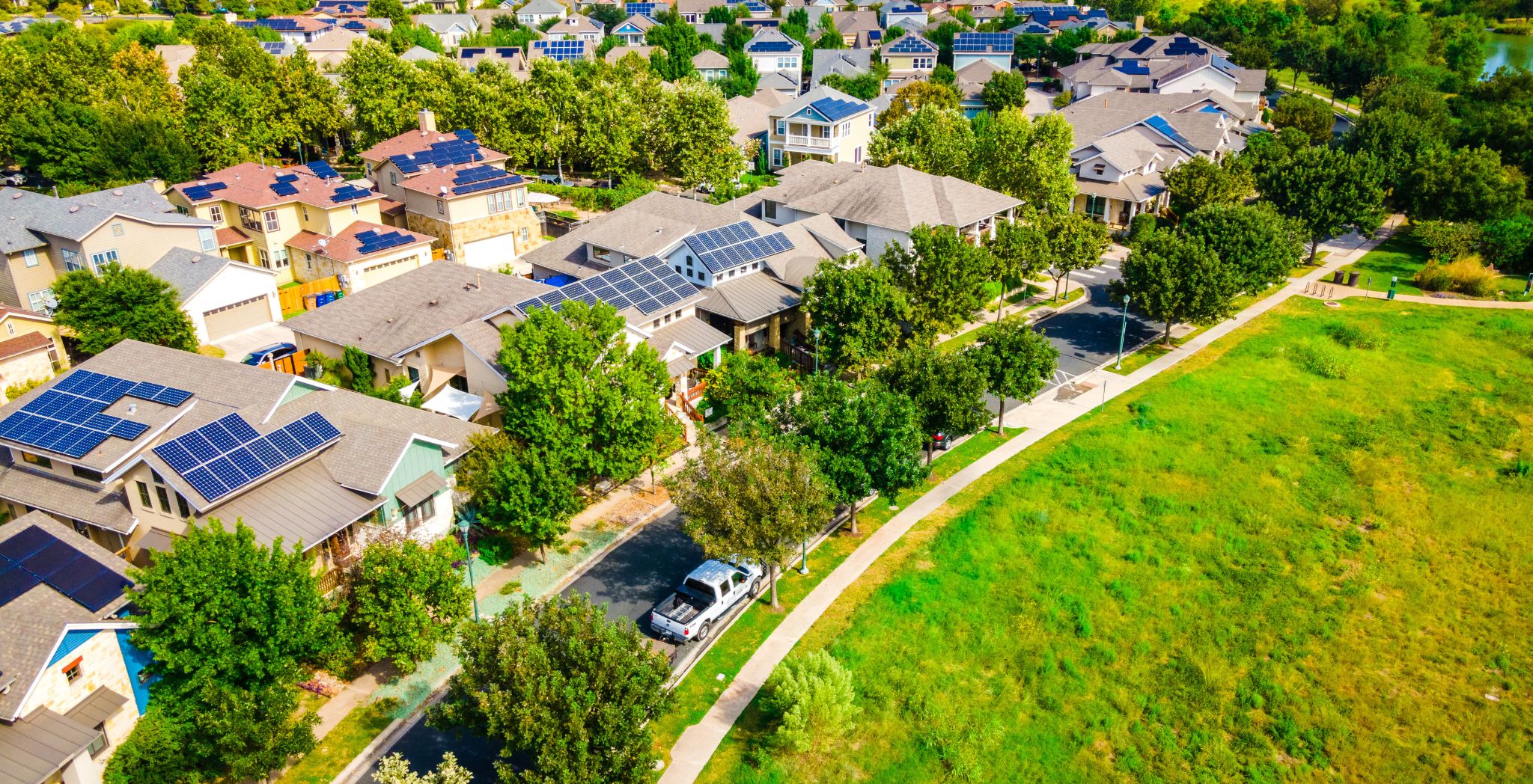In recent years, the term sustainable infrastructure has become a central topic in discussions about future development and economic growth. As the world grapples with issues such as climate change, resource depletion, and urbanization, the concept of sustainable infrastructure offers a pathway to creating systems that not only support current needs but also ensure future generations have access to the resources they need. This article explores why sustainable infrastructure is crucial for economic growth and examines various aspects of its implementation.
1. What is Sustainable Infrastructure?
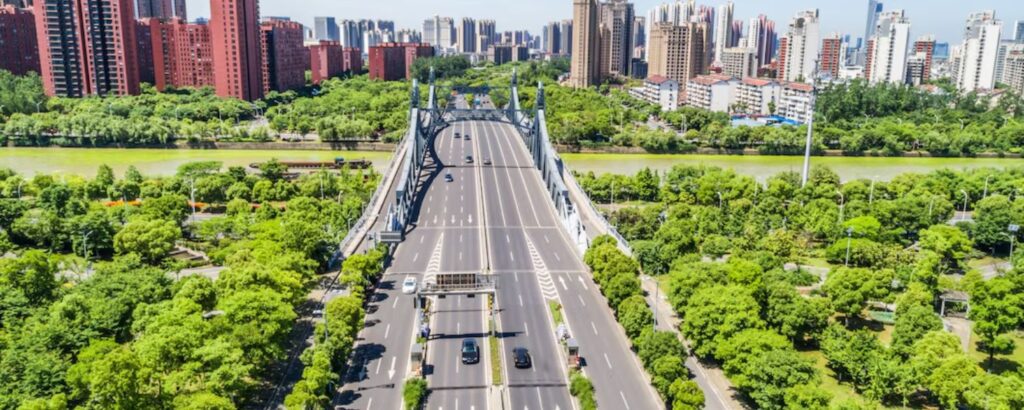
Sustainable infrastructure refers to the design, construction, and operation of physical structures and systems that meet present needs without compromising the ability of future generations to meet their own needs. It encompasses a wide range of facilities, including transportation networks, energy systems, water and wastewater treatment, and public buildings. The goal is to create systems that are environmentally friendly, economically viable, and socially equitable.Sustainable Infrastructure Examples:
A. Green Buildings: Structures designed with energy efficiency and minimal environmental impact in mind.
B. Renewable Energy Projects: Wind farms, solar panels, and hydroelectric plants that reduce reliance on fossil fuels.
C. Efficient Public Transportation: Systems like electric buses and bike-sharing programs that reduce carbon emissions.
D. Water Conservation Systems: Rainwater harvesting and wastewater recycling systems that manage water resources sustainably.
2. Understanding the Sustainability Challenge

The challenge of sustainable infrastructure development lies in balancing economic, environmental, and social factors. Traditional infrastructure often prioritizes short-term economic gains without considering long-term impacts on the environment or society. In contrast, sustainable infrastructure aims to integrate ecological preservation, resource efficiency, and social equity into develop sustainability projects.
3. The Role of Technology in Sustainable Infrastructure
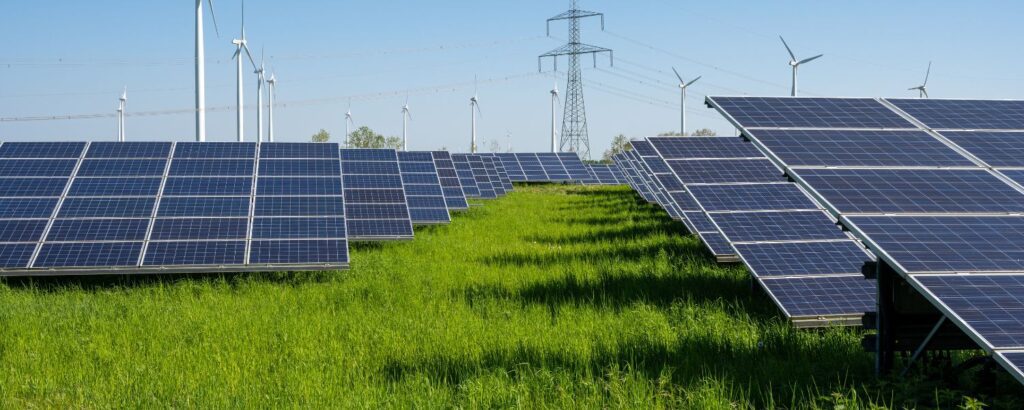
Technology plays a critical role in advancing sustainable infrastructure. Innovations in technology help overcome many of the challenges associated with implementing green practices. Key technological advancements include:
A. Smart Grids: Modern smart grids enhance energy efficiency by using real-time data and automated systems. They optimize electricity distribution, reduce energy loss, and support renewable energy sources, contributing to a more reliable and efficient energy infrastructure.
B. Building Information Modeling (BIM): BIM provides a digital representation of buildings, enabling precise planning, design, and management. This technology improves collaboration, reduces errors, and optimizes resource use, resulting in more sustainable and cost-effective infrastructure projects.
C. Energy-Efficient Materials: Advanced materials, such as high-performance insulation and low-energy lighting, help reduce a building’s energy consumption. These materials improve thermal performance and decrease reliance on heating and cooling systems, making infrastructure projects more sustainable and environmentally friendly.
D. Renewable Energy Technologies: Innovations in renewable energy, such as solar panels and wind turbines, enable the generation of clean energy. These technologies reduce dependence on fossil fuels, lower greenhouse gas emissions, and support the transition to sustainable energy sources in infrastructure projects.
E. Waste Management Systems: Technological advancements in waste management, such as automated sorting and recycling systems, enhance efficiency and reduce landfill use. These systems contribute to sustainable by minimizing waste, conserving resources, and promoting recycling and circular economy practices.
F. Water Management Technologies: Smart water management technologies, like advanced metering and leak detection systems, improve water conservation and efficiency. These technologies help manage water resources effectively, reduce waste, and ensure a sustainable supply for urban infrastructure.
4. Challenges and Considerations

Despite the benefits, there are several challenges associated with sustainable infrastructure. These include:
A. High Initial Costs: Implementing sustainability often requires significant upfront investment in green technologies and materials. While these costs can be high, they are typically offset by long-term savings in operational expenses and environmental benefits. Securing funding and financial incentives can help mitigate these initial expenses.
B. Technological Barriers: Advanced technologies essential for sustainable infrastructure require specialized knowledge and skills. Implementing new systems can be complex and demanding, with a steep learning curve. Training and education programs are necessary to build expertise and ensure effective deployment and maintenance of these technologies.
C. Regulatory and Policy Issues: The absence of standardized regulations and incentives for sustainable infrastructure can impede progress. Inconsistent policies across regions may create confusion and hinder the adoption of green practices. Developing clear, supportive regulations and providing incentives can encourage broader implementation and compliance.
D. Integration with Existing Infrastructure: Upgrading current infrastructure to meet sustainable standards can be challenging. Retrofitting old systems to incorporate green technologies often requires significant modifications, which can be disruptive and costly. Effective planning and phased implementation strategies are crucial to minimize disruptions and optimize integration.
E. Public Awareness and Acceptance: Gaining public support for sustainability projects can be challenging. People may be unfamiliar with the benefits or resistant to changes that affect their daily lives. Public education and engagement are vital to build understanding and acceptance of sustainable practices and technologies.
F. Long-Term Maintenance and Upkeep: Sustainable infrastructure requires ongoing maintenance to ensure its efficiency and effectiveness. This can be more complex than traditional infrastructure due to the advanced technologies involved. Establishing robust maintenance plans and allocating resources for regular checks and updates are essential for long-term success.
5. The Dual Carbon Challenge
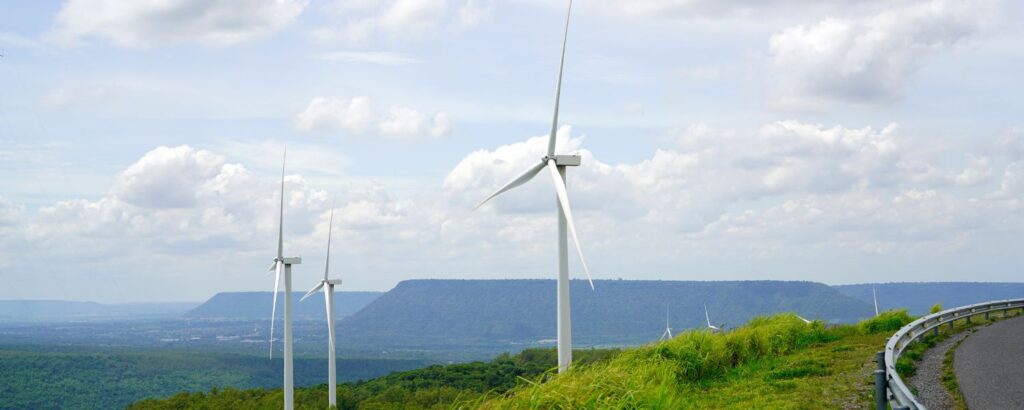
One of the significant aspects of sustainable infrastructure is addressing the dual carbon challenge: reducing carbon emissions while increasing carbon sequestration. This involves:
A. Mitigation: Reducing carbon emissions through energy-efficient technologies and renewable energy sources.
B. Adaptation: Enhancing the ability of infrastructure to adapt to the impacts of climate change, such as extreme weather events and sea-level rise.
6. Resilience in Sustainable Infrastructure
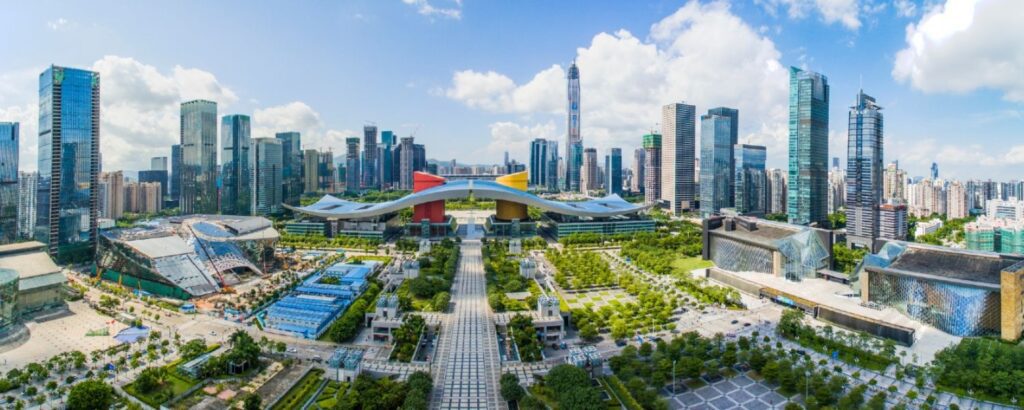
Resilience is a critical component of sustainable infrastructure. Resilient infrastructure can withstand and quickly recover from natural and man-made disasters. Key aspects of resilience include:
A. Durability: Ensures that materials and designs can withstand extreme weather conditions and natural disasters. By using high-quality, robust materials and construction methods, infrastructure can maintain its functionality and safety over time, minimizing repair costs and disruptions.
B. Flexibility: Allows infrastructure to adapt to changing conditions and evolving needs. Flexible designs can accommodate future expansions or modifications, and can adjust to unforeseen challenges, enhancing the long-term usability and effectiveness of the infrastructure.
C. Redundancy: Incorporates backup systems and alternative solutions to ensure continued operation in case of system failure. Redundant components or systems provide a fail-safe mechanism, ensuring that critical services remain operational during disruptions or emergencies.
7. 6 Key Elements for Sustainable Infrastructure Development
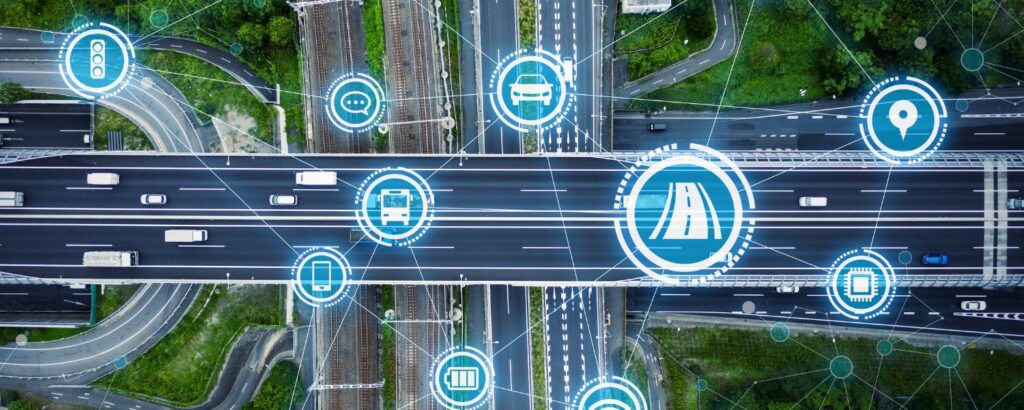
A. Resource Efficiency: Efficient use of materials and energy minimizes waste and lowers operational costs. Employing renewable resources and adopting practices like recycling and energy conservation ensure that infrastructure projects have a minimal environmental footprint and support long-term technology and sustainability.
B. Environmental Impact: Reducing the negative effects on ecosystems and biodiversity is crucial. Sustainable infrastructure projects are designed to minimize pollution, protect wildlife habitats, and conserve natural resources, ensuring that development does not come at the expense of environmental health.
C. Economic Viability: Projects must be financially sustainable and provide long-term economic benefits. This involves assessing lifecycle costs, optimizing resource use, and creating value through energy savings and efficiency improvements, thereby ensuring that investments yield ongoing economic returns.
D. Social Equity: Ensuring that infrastructure benefits all community members promotes social inclusion and equality. This includes providing accessible services, equitable resource distribution, and considering the needs of diverse populations to enhance overall quality of life and social cohesion.
E. Innovation: Implementing cutting-edge technologies and practices advances sustainability technology. Innovative solutions such as smart grids, energy-efficient materials, and green building techniques drive progress, improve efficiency, and address environmental challenges, pushing the boundaries of traditional infrastructure development.
F. Governance and Policy: Supportive policies and frameworks are essential for promoting sustainable practices. Effective governance involves creating regulations, incentives, and standards that encourage the adoption of green technologies and practices, ensuring that sustainability goals are integrated into planning and decision-making processes.
8. Importance of Sustainable Infrastructure
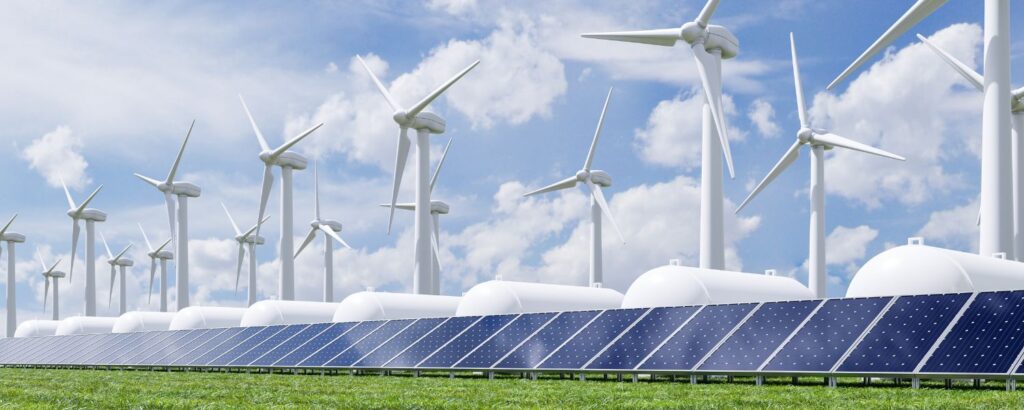
The importance of sustainable infrastructure cannot be overstated. It plays a vital role in:
A. Economic Growth: Sustainable infrastructure supports economic growth by reducing long-term operational costs and improving resource efficiency. It fosters innovation and creates job opportunities in emerging green sectors, contributing to a more resilient and diversified economy that benefits businesses and communities alike.
B. Environmental Protection: By minimizing waste, conserving resources, and reducing emissions, sustainable infrastructure plays a crucial role in environmental protection. It helps preserve natural habitats, reduce pollution, and mitigate climate change impacts, ensuring a healthier planet for future generations.
C. Social Well-Being: Sustainable infrastructure enhances social well-being by improving the quality of public services and promoting equitable access to resources. It supports healthier living environments, better transportation options, and safer communities, contributing to an improved quality of life for all residents.
D. Resilience to Disasters: Investing in sustainable infrastructure increases resilience to natural and man-made disasters. Well-designed infrastructure can withstand extreme weather events, minimize damage, and ensure quicker recovery, helping communities bounce back faster and more effectively from disruptions.
E. Resource Efficiency: Sustainable infrastructure emphasizes the efficient use of materials and energy, reducing waste and maximizing the lifespan of resources. This approach not only lowers costs but also ensures that resources are available for future generations, promoting long-term sustainability.
F. Cost Savings: Although initial investments in sustainable infrastructure can be high, they lead to significant cost savings over time. Energy-efficient designs, reduced maintenance needs, and lower utility bills contribute to overall savings, making sustainable solutions economically advantageous in the long run.
9. How Cities Can Work on Sustainable Urban Development Models
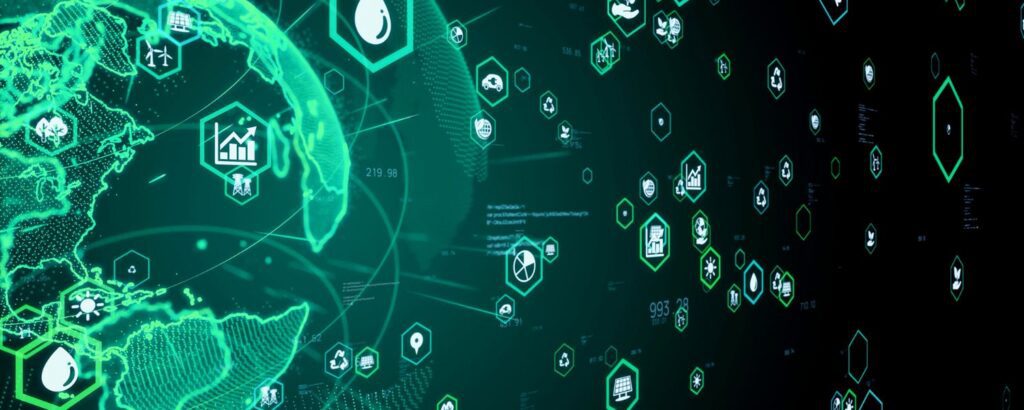
Cities are at the forefront of sustainable infrastructure development. They can adopt various strategies to enhance urban sustainability, including:
A. Green Building Standards: Implementing codes and certifications that promote energy-efficient and environmentally friendly construction.
B. Public Transportation Improvements: Expanding and modernizing public transit systems to reduce traffic congestion and pollution.
C. Urban Green Spaces: Creating parks and green areas that enhance biodiversity and provide recreational opportunities.
D. Waste Management Systems: Developing systems for recycling and waste reduction to minimize landfill use.
Conclusion
Sustainable infrastructure is essential for fostering economic growth while preserving the environment and ensuring social equity. By integrating innovative technologies, addressing challenges, and focusing on resilience, cities and communities can build infrastructure that supports long-term prosperity and well-being.
This data-driven approach supports decision-making processes that prioritize economic efficiency, environmental protection, and social well-being. Through accurate mapping and analysis, VectorGlobe enables stakeholders to implement and manage sustainable infrastructure projects effectively, ultimately contributing to a more resilient and sustainable future.
As we continue to confront global challenges, the importance of sustainable practices in infrastructure development will only grow, guiding us toward a more sustainable and equitable future.

